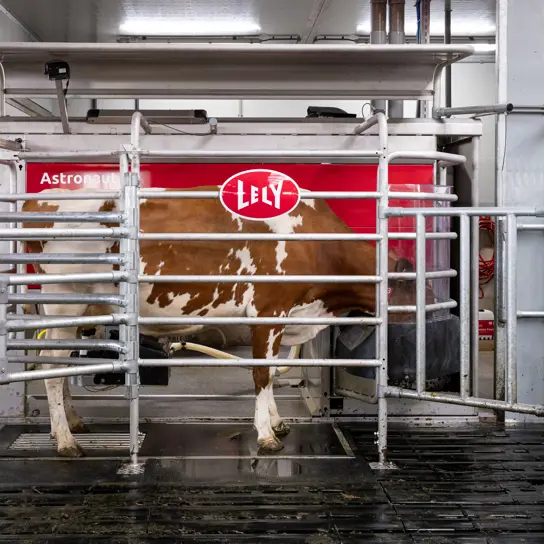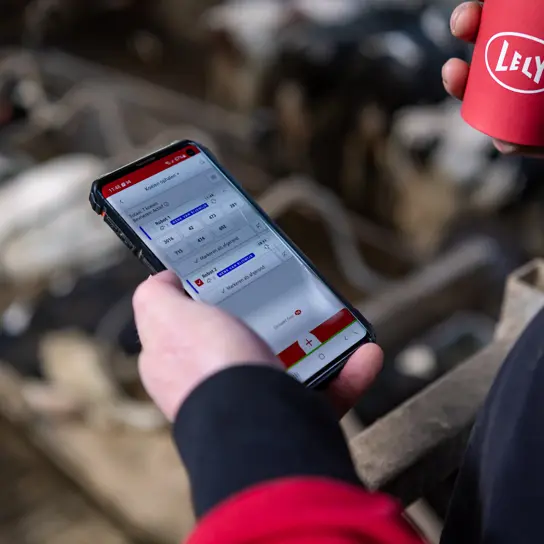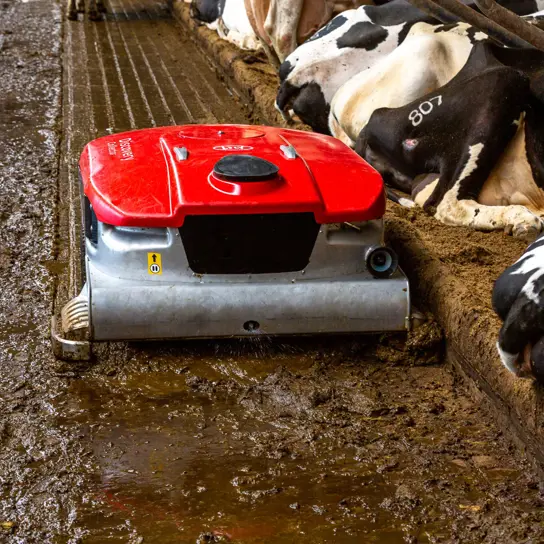Lely Center Midlands
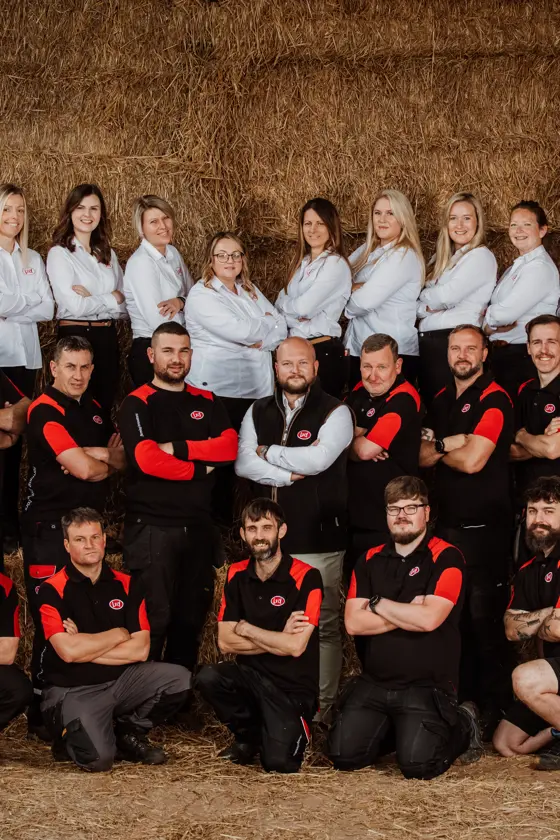
Introduction
Your milking and feeding experts
The specialist in dairy farm automation and sustainability. We provide purchase advice, optimisation, maintenance for your automated milking, feeding and barn equipment.
Lely Center Midlands strive to give our customers the best service, offering the latest innovations and solutions to farmers.
solutions
Featured products
Services
The services we offer
We provide the necessary tools to help you unlock your dairy farm’s full potential.
Our Center Departments
Feeding
Will Dodd, Dodleston Hall Farm
Cheshire, UK
Will Dodd of Dodleston Hall Farm milk 300 pedigree Holstein cows with a large focus on animal welfare. They revolutionised their feeding system with the Lely Vector in 2023, which has ensured fresh feed 24/7, boosting rumen health, and their litres output per cow.
Product used
Vector | Horizon | Discovery Collector
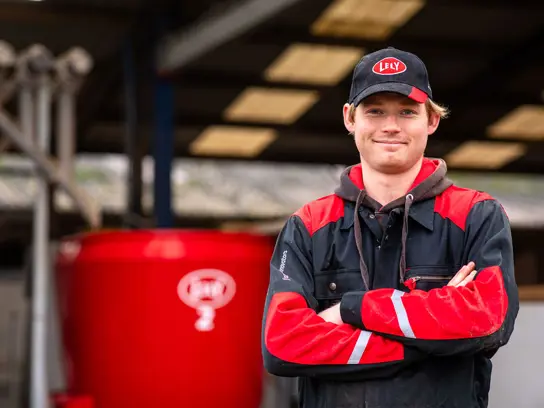
Dodleston Hall Farm, managing 300 pedigree Holstein cows, installed the Vector feeding system in 2024. Previously, feed was only provided once a day and pushed until the night check at 9 PM, remaining untouched until morning. Now, with the Vector, cows receive fresh feed throughout the day and night, with feed being pushed every hour, even on weekends. This system has made feeding much more flexible. Filling the kitchen takes just 20 minutes, and it can hold enough feed for up to three days.
Disclaimer: Results have not been verified by Lely or an independent party. Your results may vary.
Disclaimer: Results have not been verified by Lely or an independent party. Your results may vary.

Latest news
Lely Center Midlands
We are available on workdays from:
8:00am-5:30pm (24/7 On-Call service)
How can we help you?
If you have any questions about our services, maintenance, support or solutions, don’t hesitate to reach out! Our advisors are happy to provide skilled support and guidance in your farm optimisation process.
